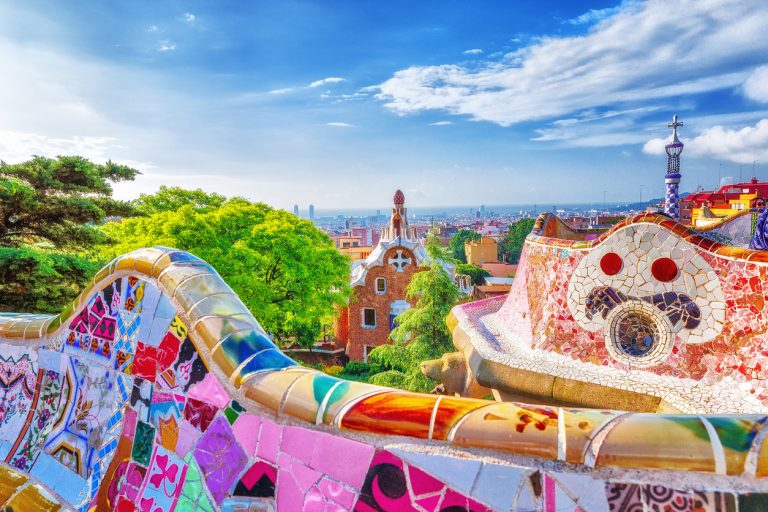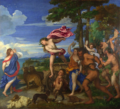Like many of the media that we have been exploring here on the ArtWeb blog, mosaic is an ancient art form that once enjoyed enormous prestige in both secular and religious architecture across Europe, North Africa, the Middle East, the Ukraine, and Russia. After gradually waning in importance through the ages, the technique was rediscovered and embraced by artists in the 19th and early-20th centuries.
What is mosaic?
Mosaic is a technique used to create abstract patterns or figurative designs on a surface by combining small pieces of stone, shells, glass, or tiles, which are held together by mortar or plaster. The technique can be used on large-scale surfaces such as walls and floors, as well as smaller objects, such as 18th-century micromosaics.
Mosaics in the ancient world
The earliest surviving examples of the technique to have been discovered were created in Mesopotamia (modern-day Iraq), in the third millennium BC. Almost two millennia later, mosaics were employed in the ancient Greek world to decorate floors and walls, initially using black and white pebbles to form monochrome patterns, and later evolved into a highly sophisticated art form depicting myths and legends, and the pleasures of classical life.
Greek craftsmen also developed a new technique, creating cut stones known as tesserae, which enhanced the range of colours and forms that could be reproduced. As with many aspects of Hellenic culture, the art form was enthusiastically adopted by ancient Rome, spreading throughout the empire from Roman Britain to Syria. Trade and cultural exchange between the Roman Empire and the Persian Empire encouraged the diffusion of the medium still further into Asia.
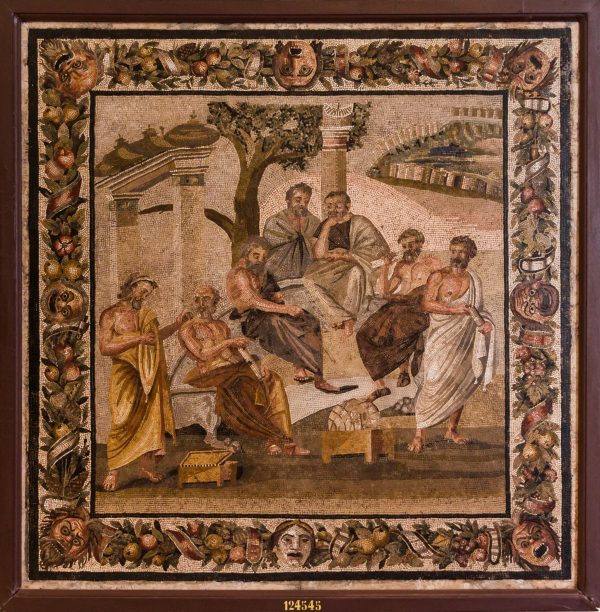
Following the Christianisation of the Roman Empire, mosaic was embraced in early churches, and became more widely used as wall coverings, rather than in floors. Developments in glass art also led to the creation of gold tesserae, called smalti, which imbued dark church interiors with a shimmering quality. Mosaics continued to be popular in religious architecture in both the Eastern and Western empires, with many of the finest examples to have survived created in the Italian city of Ravenna, which became the Western Empire’s capital, and a centre of excellence for mosaic production in the 5th century AD.
Mosaic after the Roman Empire
As the Western Roman Empire unravelled into the Dark Ages, mosaic techniques, along with many other artforms, underwent a decline, though mosaic continued to flourish in the Byzantine East until the fall of Constantinople to the Ottomans in 1453. Under the dogmatic struggles of Iconoclasm in the 8th century, however, many early masterpieces were destroyed due to their depiction of sacred figures.
Across Europe, mosaic continued to be an important artform in areas under Byzantine control, such as Greece, or cultural influence, such as the Ukraine, and the Republic of Venice, where the mosaics adorning the city’s Basilica of San Marco were only completed in the 16th century.
As the Middle Ages progressed, fresco became more commonly used, perhaps due to its relative speed and lower cost. Following the rebuilding of the Vatican’s Saint Peter’s Basilica, however, Pope Clement VIII (1592-1605) chose to decorate its interior with mosaics, rather than fresco, perhaps seeking artistic and spiritual continuity with the old basilica. The resulting works, based on the designs of renaissance and baroque artists, such as Raphael, Guido Reni, and Carlo Maratta, remained some of the only prestigious commissions for mosaics in Western Europe until the medium was rediscovered in the 19th century.
Mosaic in the Islamic world
Following the Arab conquest of the Middle East in the 7th century, Arab craftsmen adopted the classical technique of mosaic, which was used to adorn the interior and exterior of the first great religious building of Islam, the Dome of the Rock in Jerusalem (built between 688–92). Many fine examples were also produced in Moorish Spain, such as in the Great Mosque in Córdoba, created between 965 and 970. Throughout the Islamic world, however, mosaics gradually fell out of fashion, replaced by painted tilework, which became the dominant form of wall decoration.
The rediscovery of mosaics
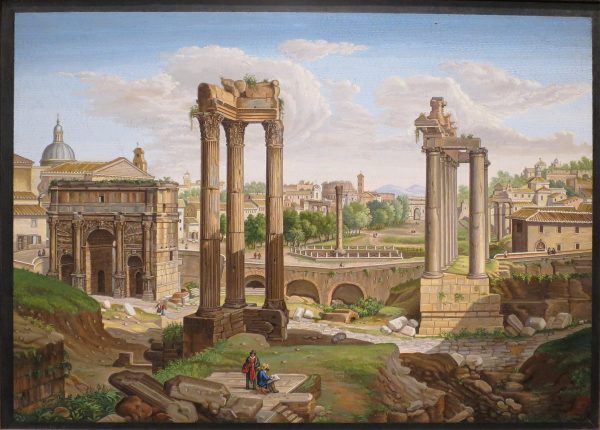
Mosaic art began to enjoy a revival in Western Europe in the unexpected form of micromosaics, which were produced in Italy and became popular in tandem with the Grand Tour. Often depicting the ruins of ancient Rome, micromosaics were extremely labour-intensive to produce, formed from hundreds of small glass tesserae attached to panels of copper or glass with mastic or cement.
It is unsurprising to learn that one of the greatest examples of 19th-century mosaics, created by Edward Burne-Jones for St Paul’s Within the Walls in Rome, was produced by a Pre-Raphaelite, a movement that sought to return to the ‘purity’ of medieval art, and which valued the art of Venice over Rome. In England, new techniques allowing the mass production of tiles also led to an increased use of mosaics in domestic interiors, which were also chosen to decorate many public and religious buildings, such as the Roman Catholic Westminster Cathedral, built between 1895 and 1903.
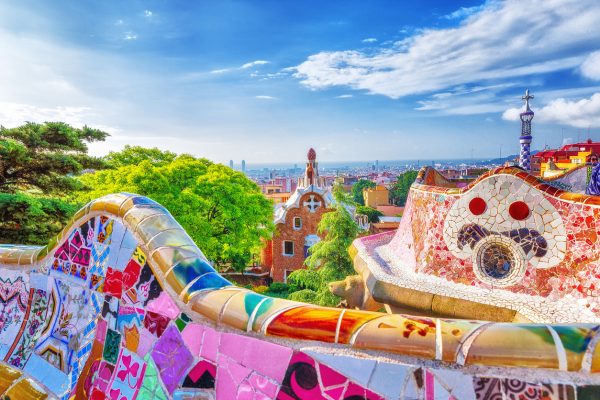
One of the greatest modern examples of mosaic art, however, is found in Barcelona, where Catalan architect Antoni Gaudí employed the technique in the iconic Park Güell, built between 1900 and 1914. An interest in mosaics continued throughout the 20th century, and the medium has also been embraced by contemporary artists such as ArtWeb’s own Katy Galbraith and Christine Lloyd Walker.
Interested in learning more?
The British Association for Modern Mosaic lists helpful resources such as mosaic workshops and courses.

